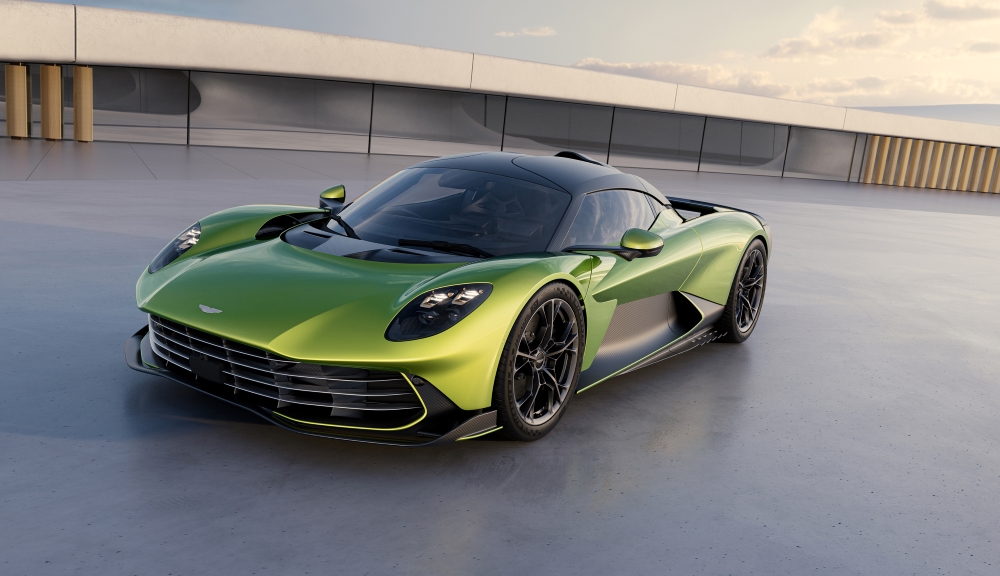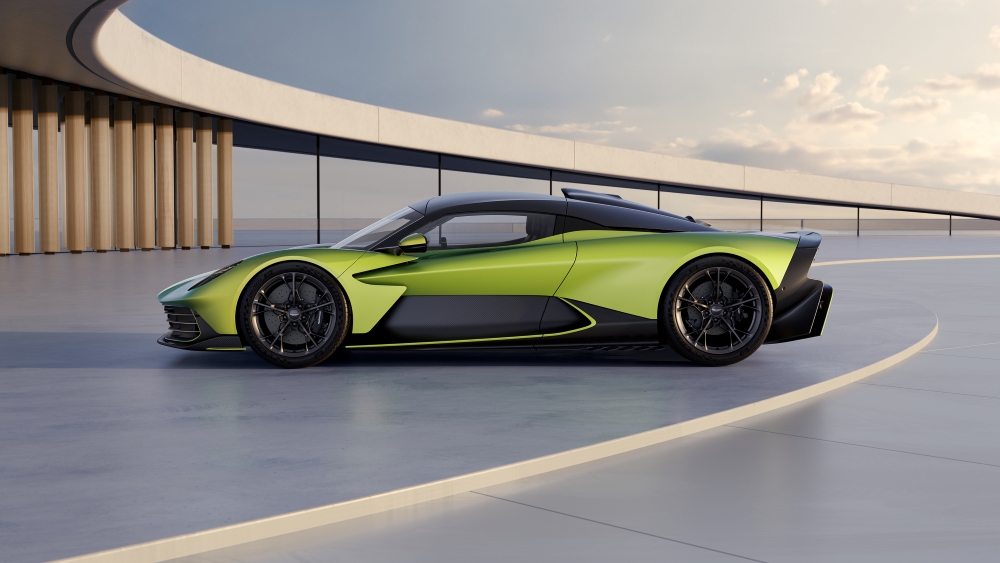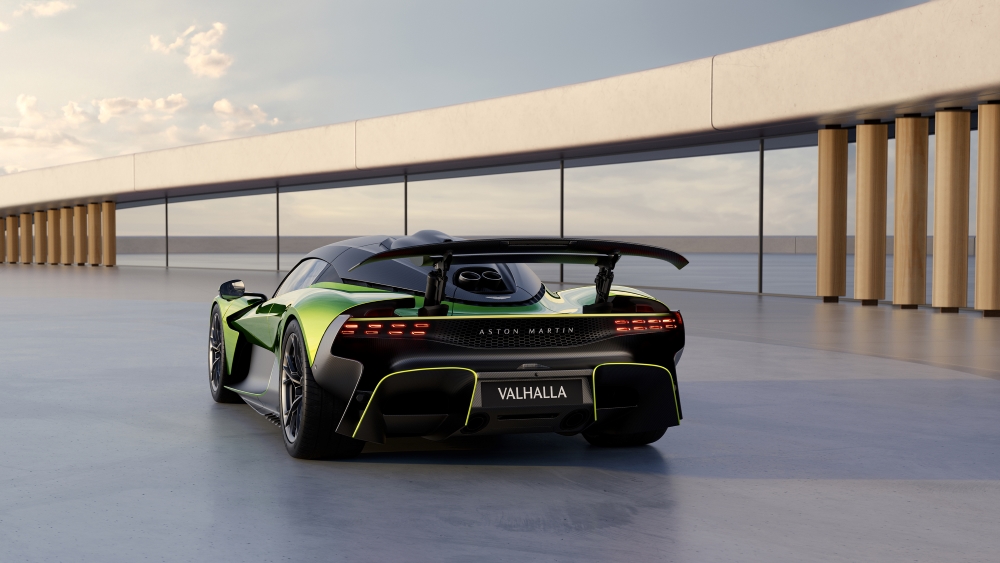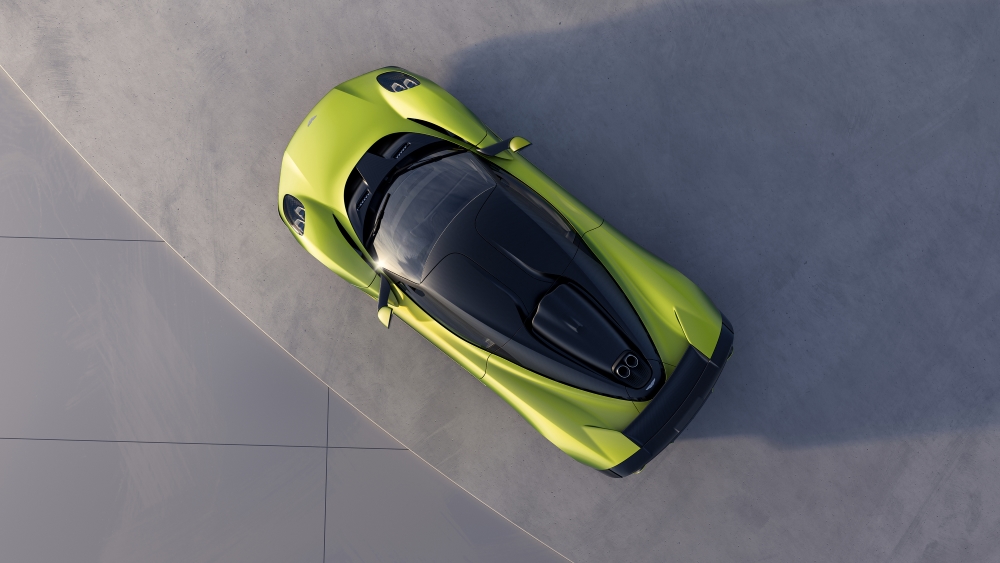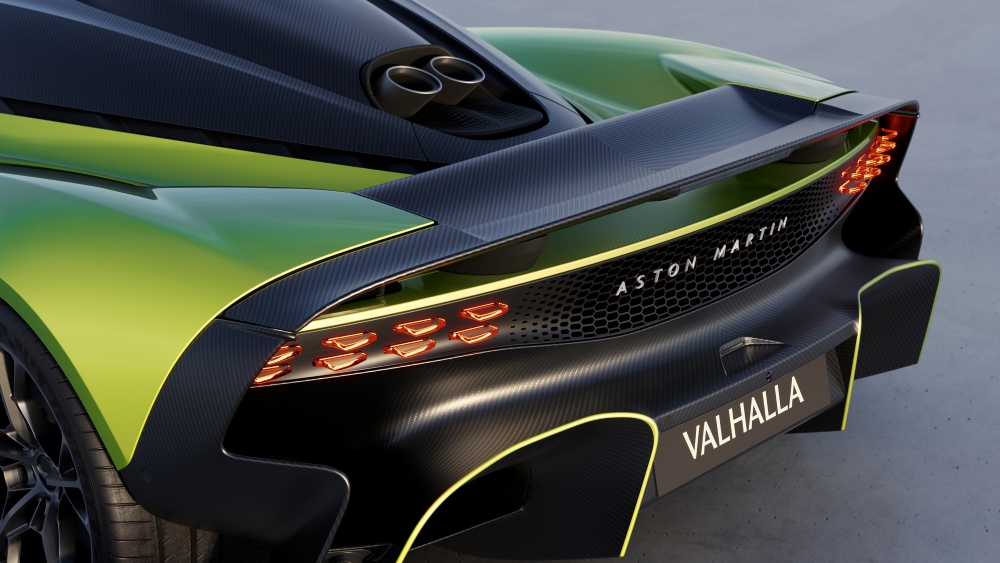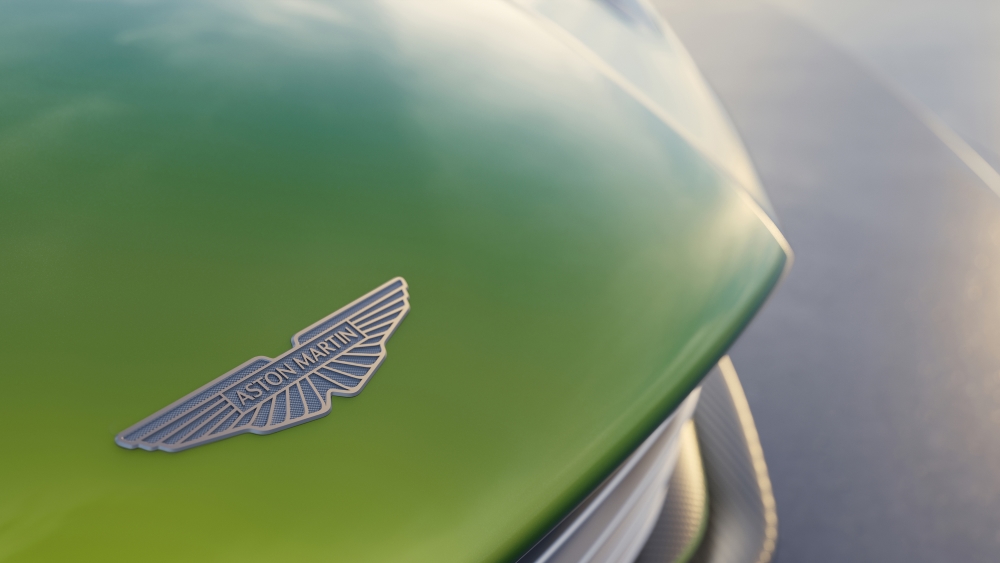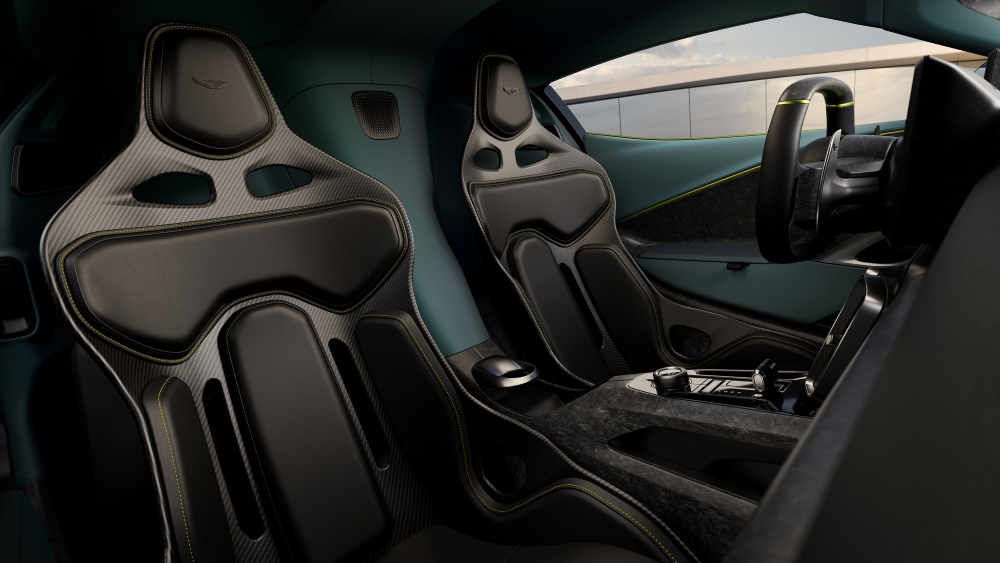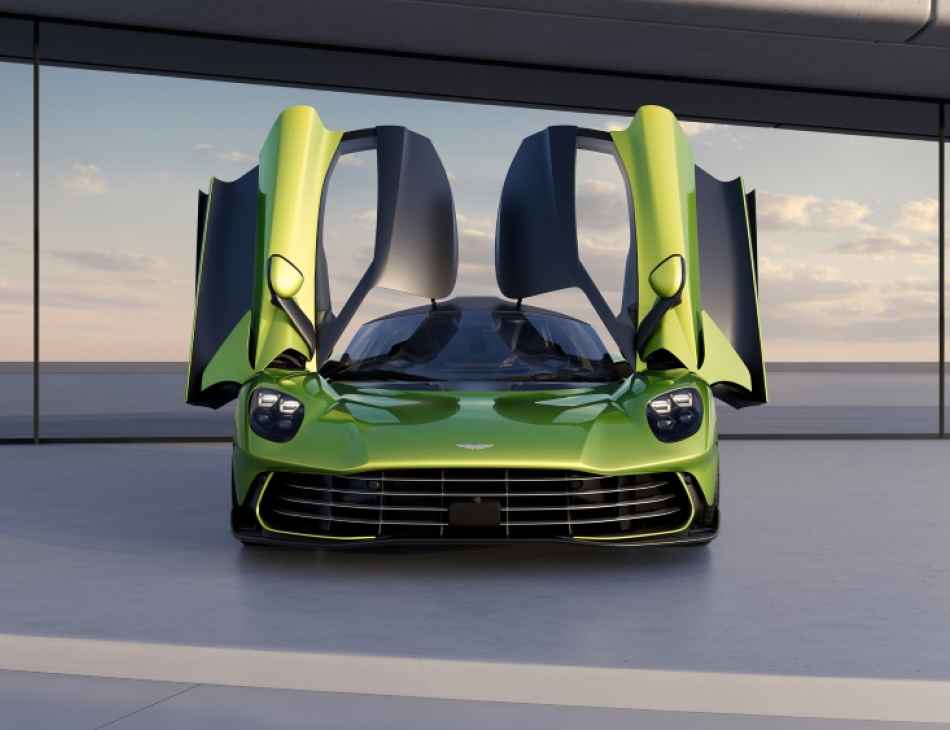NEW ASTON MARTIN VALHALLA
Unwrapping Aston Martin's Ultimate Gift: The Valhalla Hypercar.
Aston Martin Valhalla
Christmas might be a few weeks off but Aston Martin is already in full swing. Say hello to the Valhalla, the new hypercar that Gaydon’s best have pulled out of their own AML Santa’s Sack. Forget socks and novelty jumpers this year - this is the only gift I want to see under my Christmas tree.
Beneath the Valhalla’s slinky carbon-fibre lines lies what has become the gold standard for modern Super Sports Cars and Hypercars these days: a 4.0-litre twin-turbo V8, partnered with three electric motors. The result is 1,064bhp and 1,100Nm of torque, which I’m sure is more than enough to make Santa’s sleigh technicians raise an eyebrow or two.
Now, let’s break that down because it’s 2024 and we’re all keen to know how much credit goes to the oily bits and the sparky bits. The V8 itself delivers a solid 817bhp, while the electric motors chip in a sprightly 247bhp. The upshot is a 0-62mph time of 2.5 seconds or the same amount of time it takes to swipe the last mince pie before anyone notices. And with a top speed north of 217mph, the Valhalla might just keep pace with Rudolph.
But don’t mistake this for just another fast car. The Valhalla is a plug-in hybrid, which means it has an EV mode for those times when you’d rather not wake the neighbours at 6:00 am. Or you’re sneaking out of the house for some late-night Brussels sprouts - either way, it’s good to have options.
That’s not to say this is a car you’d use for your weekly shop. Aston Martin’s partnership with its Formula 1 team has ensured the Valhalla is unapologetically and specifically track-inspired. The active aerodynamics generate around 600kg of downforce at 149mph, enough to glue you to the tarmac through corners. There’s a rear T-wing, which is an active front wing and all sorts of airflow wizardry that keep things stable, slippery and supremely satisfying.
Switch to ‘Race’ mode and things get even more dramatic. The rear wing rises majestically, the front wing engages and the Valhalla becomes a cornering machine. There’s also a Drag Reduction System (DRS) that is borrowed straight from F1, which means less drag more fast when you’re barrelling down a straight.
The whole car sits on a bespoke carbon fibre monocoque, keeping the weight down to a modest 1,655kg. To put that into perspective, it’s about as light as you can get for something packing over a thousand horsepower. It’s powerful, stiff and light - a triple threat Santa can only dream of.
The Aston Engineers are not messing around here because the Valhalla’s front push-rod setup is straight from the Formula 1 playbook, while the rear features a five-link design that can manage everything from Silverstone’s Copse Corner to the potholes outside your local. Adaptive dampers also ensure the Valhalla is as happy to glide over speed bumps in EV mode as it is devouring apexes in Race mode.
Carbon-ceramic discs work alongside regenerative braking to bring the Valhalla to a halt with precision. Aston calls it ‘precise pedal modulation,’ which is marketing speak for not binning it into a hedge. An active air brake will deploy during heavy braking just in case you need a bit more reassurance when you’re hurtling towards familiar corners.
I can only imagine that getting in and out of the Valhalla will be an event in itself but thanks to those forward-hinged dihedral doors, this might not be so awkward as imagined. They look spectacular but also serve a practical purpose. And once inside, it looks like minimalist heaven.
The driver sits low and central, with a floating digital display providing all the info you need quickly. There is also a lot of very tactile rotary controls that might come in handy when you are doing many miles an hour.
The High-Performance Battery (HPB) system uses dielectric cooling to keep everything running smoothly, whether you’re crawling through traffic or attacking a mountain pass. Regenerative braking captures energy during deceleration, storing it for later use. It’s the automotive equivalent of putting your spare change in a jar.
Aston Martin plans to build just 999 Valhalla, each one tailored to the buyer’s taste through their Q division. CEO Adrian Hallmark describes the Valhalla as “a bold vision for the future” and deliveries start in 2025.
In short, the Valhalla is not just a hypercar - it’s an engineering marvel wrapped in a carbon-fibre tuxedo. It’s the future of performance, the pinnacle of design, assuming of course, you’re one of the lucky 999 who get to call it their own.

